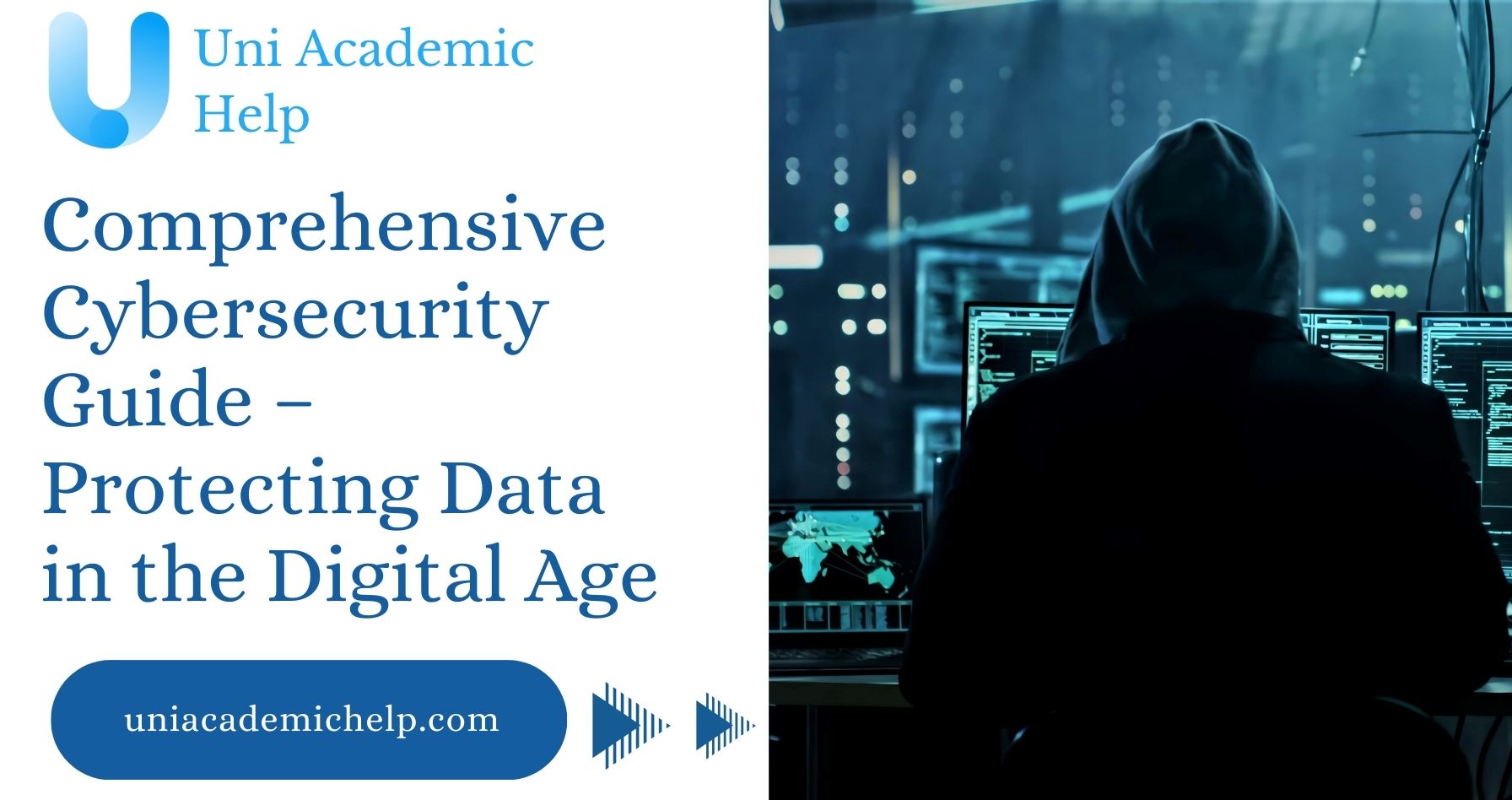In today’s digital era, cybersecurity is more crucial than ever. With increasing reliance on technology, businesses and individuals must take proactive measures to protect sensitive data from cyber threats. Cybersecurity encompasses strategies, technologies, and practices designed to safeguard digital assets from unauthorized access, attacks, and breaches.
This article explores key cybersecurity concepts, the latest threats, and practical steps to enhance data protection.
What is Cybersecurity?
Cybersecurity refers to the protection of computer systems, networks, and data from cyber threats such as hacking, malware, ransomware, and phishing attacks. It involves implementing security measures that prevent unauthorized access and ensure data integrity and confidentiality.
Key Components of Cybersecurity:
- Network Security: Protects internal networks from unauthorized access and cyberattacks.
- Information Security: Ensures data privacy and protection from unauthorized users.
- Endpoint Security: Secures devices such as computers, mobile phones, and tablets.
- Cloud Security: Protects data stored in cloud environments from cyber threats.
- Application Security: Enhances the security of software applications to prevent vulnerabilities.
Common Cybersecurity Threats
1. Phishing Attacks
Phishing involves fraudulent emails or messages designed to trick individuals into providing sensitive information such as login credentials or credit card details.
2. Malware & Ransomware
Malware is malicious software that infiltrates devices to steal data or cause damage. Ransomware encrypts files and demands payment for their release.
3. Data Breaches
A data breach occurs when hackers gain unauthorized access to sensitive information, leading to financial and reputational damage.
4. Insider Threats
Employees or contractors with access to sensitive data can misuse or leak information intentionally or accidentally.
5. DDoS (Distributed Denial of Service) Attacks
DDoS attacks overwhelm servers with excessive traffic, causing downtime and service disruptions.
Best Practices for Cybersecurity
1. Use Strong Passwords & Multi-Factor Authentication (MFA)
- Create complex passwords with a mix of letters, numbers, and symbols.
- Enable MFA to add an extra layer of security for accounts.
2. Keep Software & Systems Updated
- Regularly update operating systems and applications to patch security vulnerabilities.
- Use automatic updates for critical software.
3. Implement Firewalls & Antivirus Protection
- Firewalls act as barriers against cyber threats.
- Antivirus software detects and removes malicious programs.
4. Educate Employees on Cyber Threats
- Conduct cybersecurity awareness training for employees.
- Teach staff how to recognize phishing emails and suspicious links.
5. Backup Important Data Regularly
- Use secure cloud or external storage for data backup.
- Implement automated backup solutions to prevent data loss.
6. Secure Wi-Fi Networks
- Use strong encryption protocols (e.g., WPA3) for Wi-Fi security.
- Avoid using public Wi-Fi for sensitive transactions.
7. Monitor Network Activity & Use Intrusion Detection Systems
- Keep an eye on network traffic for unusual activities.
- Deploy intrusion detection systems (IDS) to detect and respond to cyber threats.
The Future of Cybersecurity
- As technology advances, cyber threats evolve. The future of cybersecurity will involve:
- Artificial Intelligence (AI) & Machine Learning: AI will enhance threat detection and response.
- Zero Trust Security Model: A strict verification approach for accessing systems and data.
- Blockchain for Security: Blockchain technology will enhance data security and authentication.
- IoT Security Enhancements: Securing connected devices against cyber risks.
Conclusion
Cybersecurity is a continuous process that requires vigilance and proactive measures to protect data from evolving threats. By adopting best practices and staying informed about the latest cyber risks, individuals and businesses can significantly reduce their exposure to cyber threats.
At UAH (Uni Academic Help), we provide expert guidance on cybersecurity-related assignments and research. Stay ahead of cyber threats with our comprehensive cybersecurity solutions.




.jpg)

.jpg)